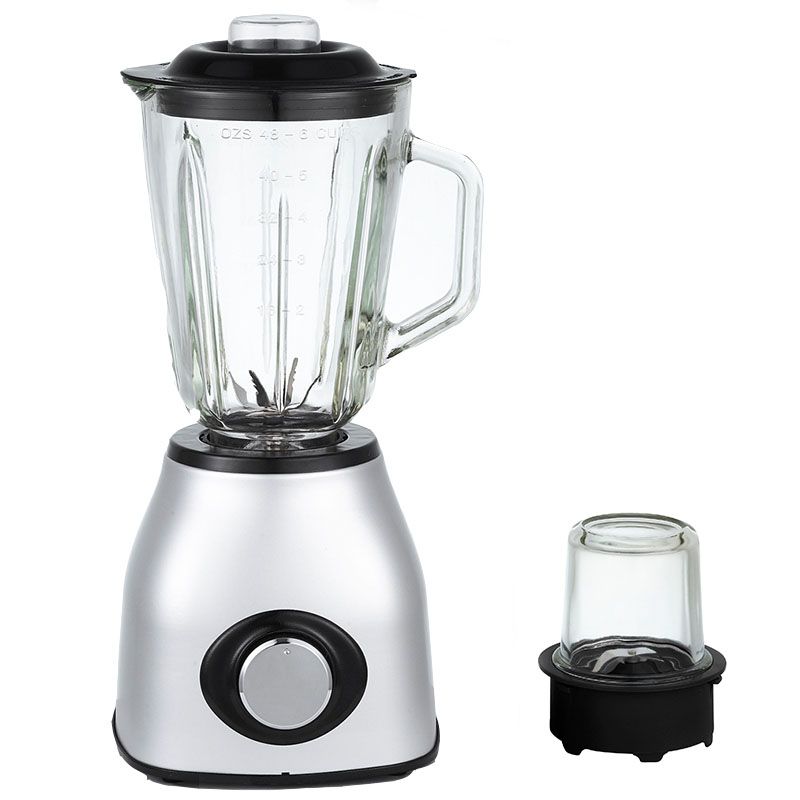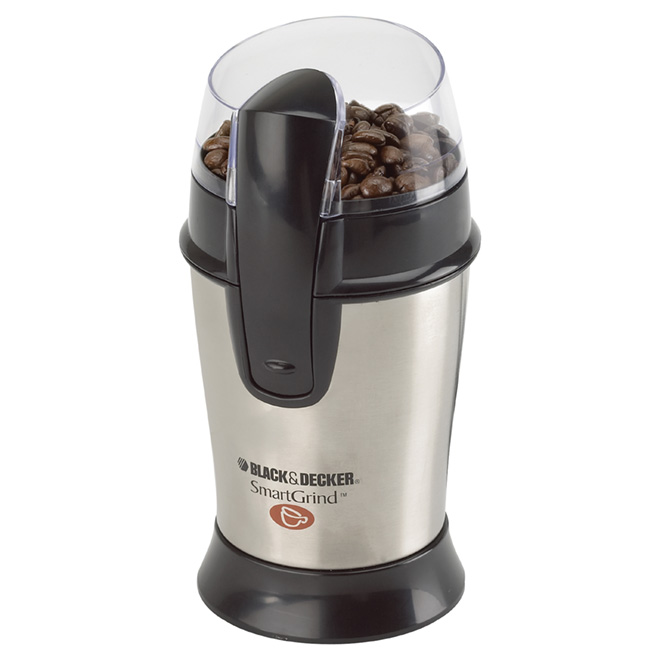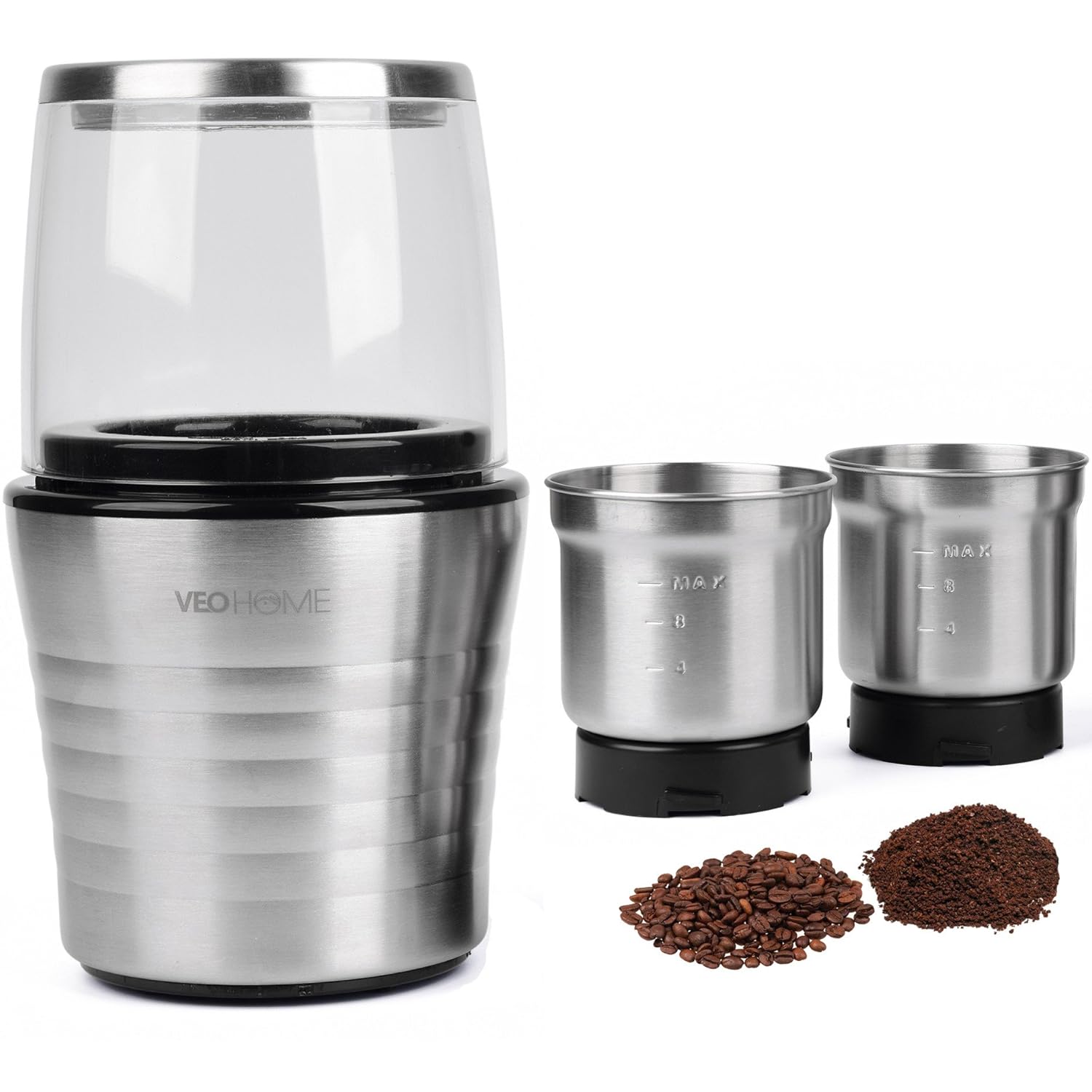
Coffee is a beloved beverage worldwide, often enjoyed for its rich flavor and stimulating properties. The journey of coffee from bean to cup involves several steps, one of the most crucial being grinding the beans. This process can significantly influence the taste and aroma of your coffee. While many coffee enthusiasts swear by dedicated coffee grinders, a common question arises: can you use a food processor to grind coffee beans? The answer is yes, and this article dives deep into the merits and methods of grinding coffee beans with a food processor, alongside essential insights to optimize your coffee brewing experience.
Understanding Coffee Grinding
The Importance of Grinding Coffee Beans
Grinding coffee beans is one of the most critical steps in creating a great cup of coffee. The grind size impacts flavor, strength, and extraction process. The goal is to maximize the surface area of the coffee to ensure optimal extraction during brewing. Different brewing methods require different grind sizes. For example, espresso requires a fine grind, while French press coffee benefits from a coarser grind.
Grind Size and Brewing Methods
Understanding the right grind size for your preferred brewing method is essential. Below are some common grind sizes and their corresponding brewing methods:
- Coarse Grind: Ideal for French press and cold brew. The larger particles allow for longer extraction without over-extraction.
- Medium Grind: Suitable for drip coffee makers and pour-over methods. This size allows for balanced extraction, enhancing the coffee’s flavor.
- Fine Grind: Necessary for espresso and AeroPress. The smaller particles provide a quick extraction, producing a concentrated coffee experience.
- Extra Fine Grind: Used for Turkish coffee. This ultra-fine grind ensures maximum extraction, as the coffee is boiled rather than brewed.
Factors Affecting Flavor
The grind size is not the only factor that contributes to the flavor profile of your coffee. Freshness of the beans, brewing time, water temperature, and even the water quality can also affect the final taste. Hence, understanding these variables can help you achieve a more satisfying coffee experience.
Advantages of Using a Food Processor
Accessibility and Convenience
One of the main benefits of using a food processor to grind coffee beans is accessibility. Many households already have a food processor, making it an easy option for those who might not want to invest in a dedicated coffee grinder. Plus, food processors come equipped with different blade types, which can offer various grinding methods.
Versatility
Food processors are multi-functional tools that can handle various kitchen tasks beyond grinding coffee beans. With a food processor, you can chop vegetables, blend sauces, and prepare doughs, making it a versatile addition to your kitchen. This means that if you’re utilizing a food processor to grind coffee beans, it’s likely that it can serve other culinary purposes, justifying its presence in your kitchen.
Cost-Effectiveness
Dedicated coffee grinders, whether manual or electric, can range in price from affordable to quite expensive, especially high-end models. In contrast, most people already own a food processor, which means there’s no additional investment required to grind coffee beans.
The Process of Grinding Coffee Beans in a Food Processor
Preparing the Coffee Beans
Before using your food processor to grind coffee beans, it’s crucial to prepare the beans adequately. Start with whole beans that are fresh and of good quality. Measure out the amount you intend to grind based on your brewing method and personal preference. Typically, a standard measurement is two tablespoons of coffee grounds per six ounces of water.
Choosing the Right Settings
Food processors usually come with various speed settings. For grinding coffee beans, you’ll want to start with a low to medium speed setting. This allows you to control the grind size better, preventing over-processing.
Grinding Technique
Here’s a simple step-by-step guide on how to grind coffee beans in a food processor:
- Add Coffee Beans: Place your measured whole coffee beans into the food processor bowl.
- Secure the Lid: Ensure the lid is tightly secured before starting the motor to avoid any spills.
- Pulse the Processor: Use the pulse function to break down the beans. This technique helps control the grind size better than continuous processing.
- Check Consistency: Stop to check the grind size after every few pulses. This allows you to monitor the texture, so you don’t accidentally over-grind your beans.
- Empty the Ground Coffee: Once you reach the desired grind size, pour the ground coffee into your chosen storage container, making sure to clean out any residue left in the bowl.
Tips for Optimal Grinding
- Grind in Small Batches: Grinding smaller amounts preserves freshness and allows for better control over the grind consistency.
- Select the Right Bowl: If possible, use a food processor bowl that is slightly more narrow, as it can help the blades make contact with the beans more efficiently.
- Cool Down Between Batches: If you’re grinding a larger quantity of coffee beans, allow the food processor to cool down between batches to prevent overheating.
Limitations of Using a Food Processor
Inconsistency in Grind Size
One major drawback of using a food processor for grinding coffee beans is the inconsistency in grind size. Unlike dedicated coffee grinders, which are designed to produce uniform grind particles, food processors may yield a mix of coarse and fine grinds. This inconsistency can lead to uneven extraction during brewing, potentially affecting the flavor of the coffee.
Heat Generation
When grinding coffee beans, heat generation is an important factor to consider. A food processor can produce excess heat, especially if used for prolonged periods. This heat can taint the beans, altering their flavor profile and reducing freshness. Short, controlled pulses can mitigate this issue, but avoid prolonged grinding sessions.
Limited Control Over Grind Size
The ability to control the exact grind size can be limited when using a food processor. Unlike dedicated grinders with various settings tailored for specific grind sizes, food processors require more intuition and observation, which can be challenging for those unfamiliar with the coffee grinding process.
Storing Ground Coffee
Freshness Matters
Once you’ve ground your coffee beans, it’s essential to store the grounds properly to maintain freshness. Exposure to air, moisture, and light can degrade the quality of your coffee. Here are some tips for effective storage:
- Use an Airtight Container: Store your ground coffee in an airtight container to minimize oxygen exposure.
- Cool, Dark Place: Keep the container in a cool, dark cupboard. Avoid storing it near sources of heat or moisture, such as an oven or sink.
- Label and Date: Always label your container with the date you ground the coffee, so that you can use it while it’s still fresh.
Understand Shelf Life
Ground coffee typically retains its best flavor for about one to two weeks after grinding. After that, the flavors begin to deteriorate. For the best coffee experience, try to only grind what you need for a few days at a time.
Enhancing Your Coffee Brewing Experience
Experimenting with Brew Methods
Once you’ve successfully ground your coffee beans, take the opportunity to experiment with different brewing methods. Each method brings out unique flavor profiles in the coffee, and by trying various methods, you can discover your preferences:
- French Press: A full-bodied coffee with rich flavors.
- Pour-Over: Delicate and clean flavors, highlighting the coffee’s origin.
- Espresso: Intense and concentrated, ideal as a standalone or in coffee-based drinks.
Adjusting Brew Ratios
The coffee-to-water ratio plays a significant role in the taste of your brew. Common recommendations suggest a ratio of 1:15 to 1:18 (coffee to water), but feel free to adjust based on your preferences. Experimenting with the grind size and brew ratios will help you customize each cup to fit your taste.
Using Coffee Tools
In addition to a food processor, several other tools can aid in your coffee journey:
- Coffee Scale: A scale allows you to measure your coffee and water accurately, ensuring consistent results.
- Coffee Timers: Timers help you keep track of brewing times, essential for methods like French press and pour-over.
- Kettle: An electric kettle with temperature control can help achieve optimal brewing temperatures, enhancing the flavor.
 Conclusion
Conclusion
Can you use a food processor to grind coffee beans? Absolutely! While there are some limitations, such as potential inconsistency and heat generation, a food processor can still provide an accessible, versatile, and cost-effective solution for grinding coffee beans. By understanding the grinding process, the different grind sizes required for various brewing methods, and employing proper storage techniques for ground coffee, you can elevate your coffee brewing experience significantly. As you embark on this exploration of grinding your own coffee, don’t hesitate to experiment with different methods, ratios, and brewing techniques. Happy brewing!







